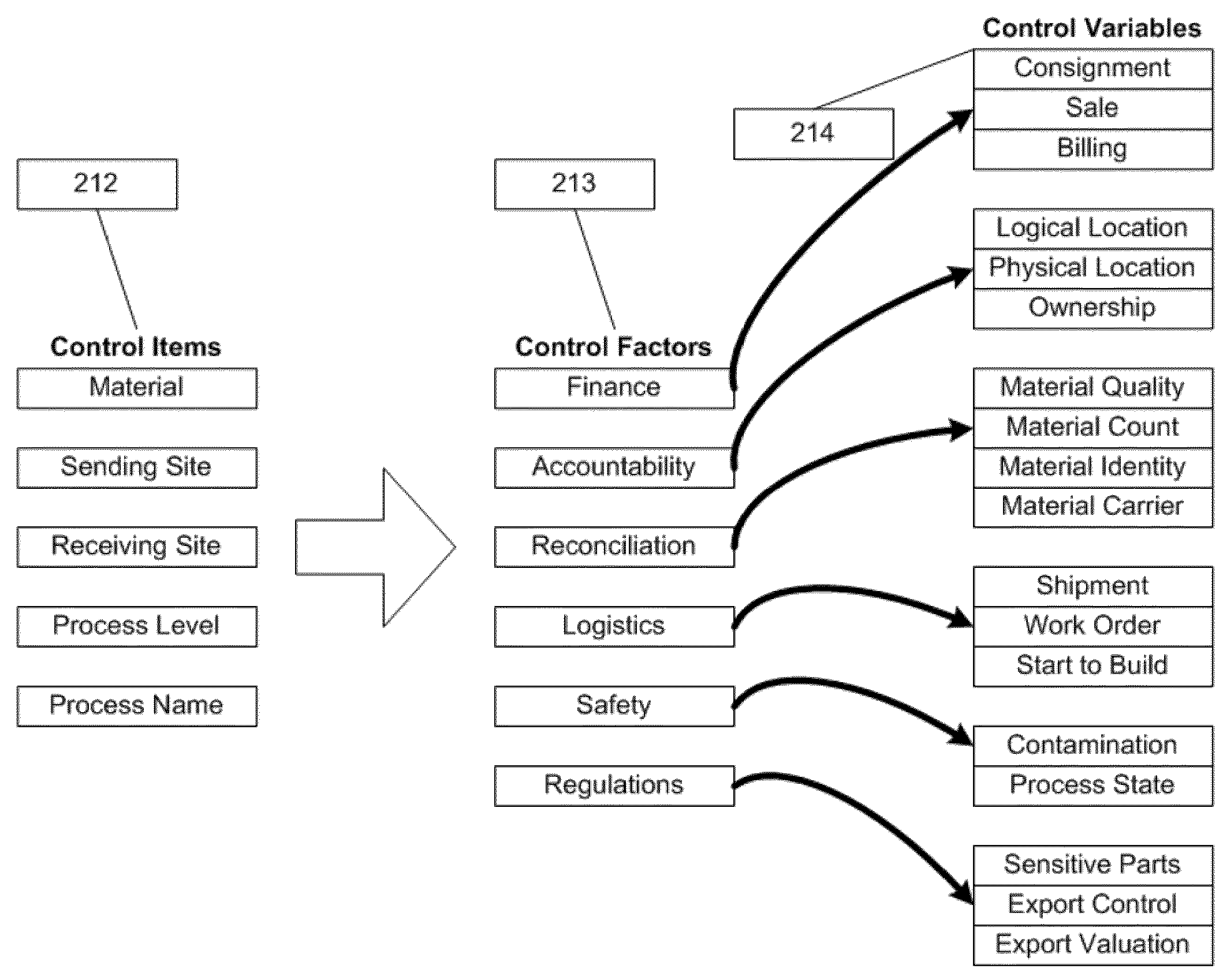Ten-Level Enterprise Architecture Systems and Tools
a technology of enterprise architecture and tools, applied in the field of ten-level enterprise architecture, can solve the problems of maintainability, architecture never defined a structure for actually executing business logic, and client-server architecture itself had limitations, so as to achieve the effect of improving flexibility, business and system flexibility, maintainingability and extensibility and growth nearly impossible, and improving flexibility
- Summary
- Abstract
- Description
- Claims
- Application Information
AI Technical Summary
Benefits of technology
Problems solved by technology
Method used
Image
Examples
Embodiment Construction
[0052]The purpose of this disclosure is to provide enterprises with the capability of constructing, executing and controlling complex processes and systems from top to bottom, end to end and site to site. It is designed to overcome the shortcomings of all prior art by being a holistic execution-oriented framework.
100 Holistic Framework
[0053]FIG. 1 shows the holistic structure of the Ten-level enterprise architecture system and tools. The ten-level architecture 100 contains the following components:[0054]200, the enterprise execution logic system[0055]300, the rules, information, data and specifications management system[0056]400, the template creation system[0057]500, the identification system[0058]600, the user system[0059]700, the services system[0060]800, the enterprise service bus[0061]900, the monitor, evaluate and control system
These components are linked together to provide a complete solution to the execution of complex enterprises.
200 The Enterprise Execution Logic System
[0...
PUM
 Login to View More
Login to View More Abstract
Description
Claims
Application Information
 Login to View More
Login to View More - R&D
- Intellectual Property
- Life Sciences
- Materials
- Tech Scout
- Unparalleled Data Quality
- Higher Quality Content
- 60% Fewer Hallucinations
Browse by: Latest US Patents, China's latest patents, Technical Efficacy Thesaurus, Application Domain, Technology Topic, Popular Technical Reports.
© 2025 PatSnap. All rights reserved.Legal|Privacy policy|Modern Slavery Act Transparency Statement|Sitemap|About US| Contact US: help@patsnap.com



